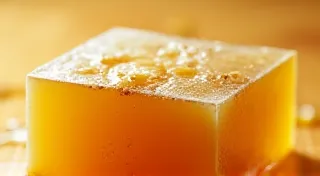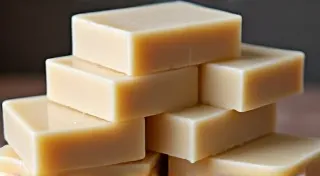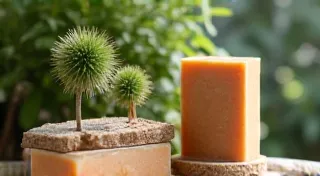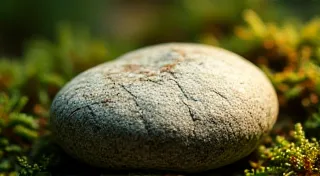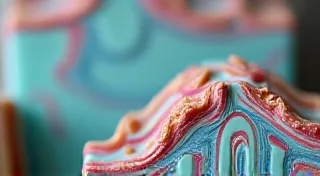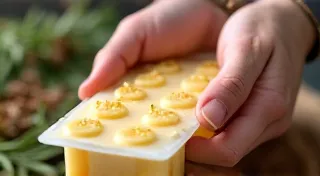Understanding Lye: Safety and Calculations for Soapmaking
Soapmaking, while a rewarding craft, revolves around one essential ingredient: lye. Often feared and misunderstood, lye (sodium hydroxide, NaOH) is *the* key component that transforms oils and butters into soap. This article will break down what lye is, why it's necessary, how to handle it safely, and how to perform accurate lye calculations, empowering you to create beautiful, natural soaps confidently.
What is Lye and Why is it Essential?
Lye, also known as sodium hydroxide, is a strong alkali. It's naturally occurring and has been used for centuries in soapmaking and other industrial processes. In soapmaking, lye initiates a chemical reaction called saponification. Saponification is the process where lye reacts with fats (oils and butters) to create soap and glycerin. The fats provide the "soapiness," while the lye provides the catalyst for the transformation. Without lye, you simply have a mixture of oils and butters—not soap!
It's crucial to understand that when saponification is complete, there is no lye remaining in the finished soap. It’s chemically bonded with the fats to form soap molecules. However, improper soapmaking can leave unreacted lye in the final product, making it dangerous to use. That's why accurate measurements and thorough curing are absolutely vital.
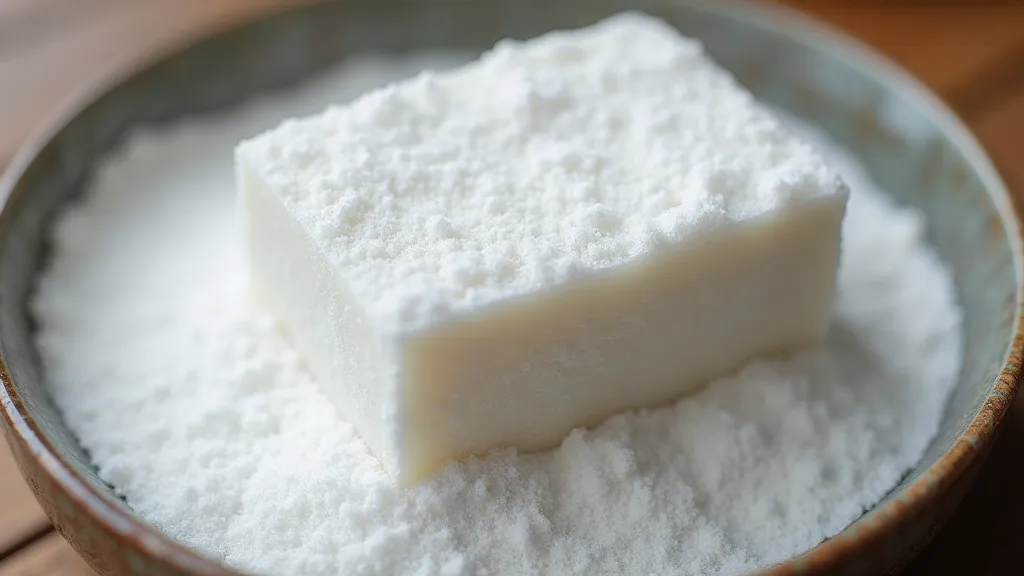
Safety First: Handling Lye with Respect
Lye is corrosive and can cause severe burns if not handled with proper care. The following safety precautions are non-negotiable:
- Eye Protection: Always wear safety goggles or a full-face shield. Lye can splash, and eye damage is permanent.
- Gloves: Use chemical-resistant gloves (like nitrile or neoprene) to protect your skin.
- Long Sleeves & Pants: Cover exposed skin to minimize contact.
- Ventilation: Work in a well-ventilated area. Mixing lye with water generates heat and releases fumes that can irritate your respiratory system.
- Slowly Add Lye to Water: *Never* add water to lye. Always add lye slowly to water, stirring constantly. This prevents a rapid, potentially dangerous reaction and splashing. The reaction will generate heat and steam.
- Safe Storage: Store lye in a tightly sealed, clearly labeled container away from children and pets. Keep it away from acids, as they will react violently.
- Clean Up Spills Immediately: Neutralize lye spills with vinegar (acetic acid).
- First Aid: Know basic first aid procedures for lye exposure. Flush affected areas with cool water for at least 15 minutes and seek medical attention.
Lye Calculations: The Cornerstone of Successful Soapmaking
Accurate lye calculations are essential for ensuring complete saponification and a safe, usable soap. There are various online lye calculators available (and we *strongly* recommend using one), but understanding the principles behind them is crucial. The amount of lye needed depends on the types and quantities of oils or butters used in your recipe.
Here’s a simplified explanation:
- Superfatting: Superfatting refers to using slightly less lye than theoretically required to react with all the oils. This leaves a small percentage of unreacted oils in the finished soap, making it milder and more moisturizing. Common superfat percentages range from 5% to 7%.
- SAP Value (Saponification Value): Each oil or butter has a SAP value, which represents the amount of lye needed to completely saponify one unit of that oil. These values are typically provided by soapmaking suppliers and are essential for accurate calculations.
- Lye Calculator Usage: Lye calculators typically require you to input the weight (in grams or ounces) of each oil or butter in your recipe. The calculator then uses the SAP values to determine the correct amount of lye needed, factoring in the desired superfat percentage.
Example (Simplified):
Let’s say you’re making a simple soap with 100g of Olive Oil and 100g of Coconut Oil. Olive oil has a lower SAP value than Coconut Oil. The lye calculator would take those SAP values and the desired superfat level into account to tell you how much lye to use. Incorrectly estimating lye amounts can result in harsh, unreacted soap (too much lye) or soft, greasy soap that won't lather properly (too little lye).
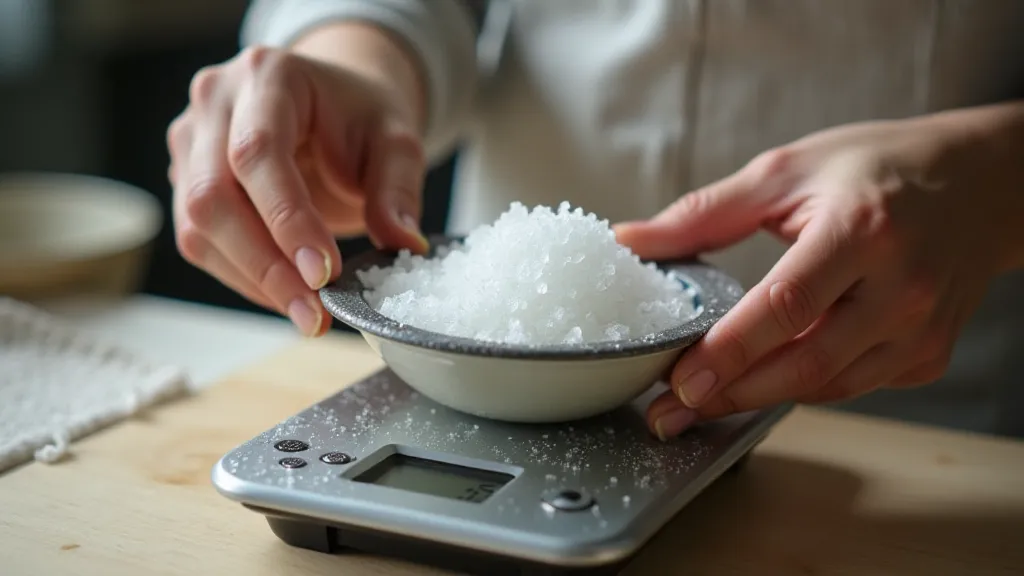
Resources and Further Learning
Soapmaking is a craft that demands respect and a commitment to safety. Here are some resources to help you on your soapmaking journey:
- Online Lye Calculators: Search online for “lye calculator soap” to find reputable options.
- Soapmaking Suppliers: Reputable suppliers often provide SAP values and detailed instructions.
- Soapmaking Books and Forums: Seek out books and online forums dedicated to soapmaking.
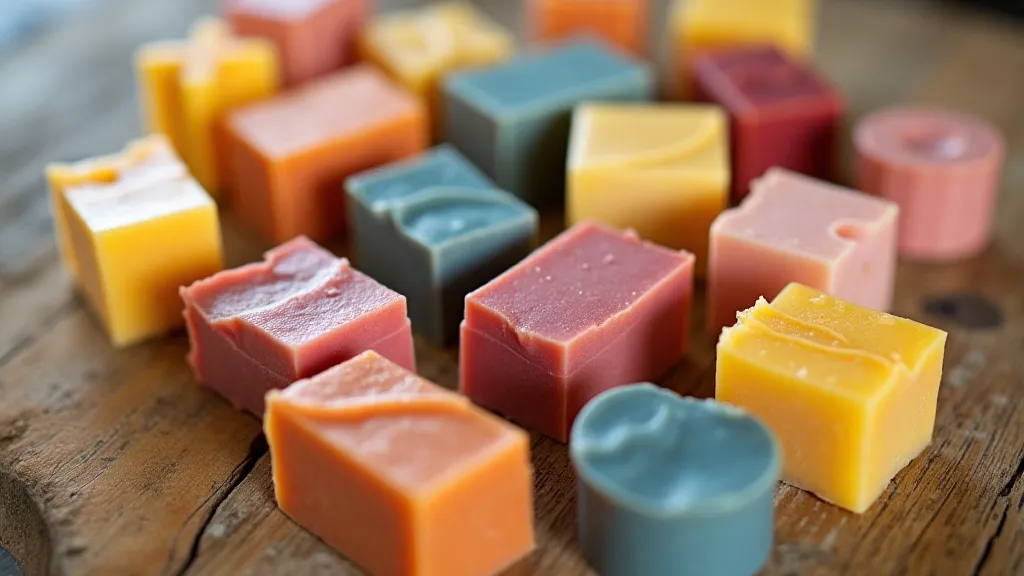
Conclusion
Understanding lye and mastering lye calculations are fundamental to creating safe and beautiful artisan soaps. By prioritizing safety and utilizing reliable resources, you can confidently embark on your soapmaking adventure and enjoy the satisfaction of crafting your own luxurious, natural soaps.
